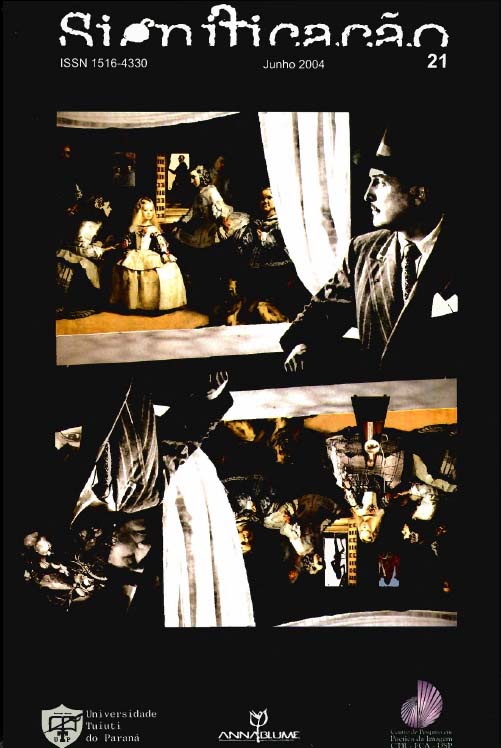Las razones de la noche: cine mexicano actual
DOI:
https://doi.org/10.11606/issn.2316-7114.sig.2004.65580Keywords:
Mexican cinematography, revolution, national industry, propositive cinematography.Abstract
The history of Mexican cinematography begins with the arrival of Lumiere's envoys in 1896. The revolution broke in 1910 and Mexican filrn took the images of its caudillos (military leaders) and its battles. Once the armed movement ended, silent movies were filled with imitations of Italian cinema. In 1936 the national movie industry is inaugurated as such, thanks to a formula that had been suggested by the commercial success of the film Aliá en el Rancho Grande. Afterwards, Mexican movies will experience its golden age, in which a great amount of movies were produced. Then, in the sixties, a crisis will arise: during the Presidency of Luis Echeverría, the government, wanting to produce creative and intelligent filrns, ended up supporting low quality projects. From then on, Mexican cinema has passed through a series of ups and downs, incapable of achieving a consistent quality, both in its aesthetic proposals and its production.Downloads
Download data is not yet available.
Downloads
Published
2004-12-23
Issue
Section
Articles
License
Copyright (c) 2004 Andrés de Luna

This work is licensed under a Creative Commons Attribution-NonCommercial 4.0 International License.
Authors who publish in this journal must agree with the following terms:
- Authors keep their copyrights and grant the journal first time publication rights, having their articles simultaneously licensed under the Creative Commons Attribution License, which allows sharing texts with authorship recognition and first publication on this journal for non-commercial purposes.
- Authors are allowed to make additional contracts, for a non-exclusive distribution of the article’s version published on this journal (e.g.: publishing in institutional repositories of articles or as a book chapter), with authorship recognition and first publication on this journal.
How to Cite
Las razones de la noche: cine mexicano actual. (2004). Significação: Journal of Audiovisual Culture, 31(21), 29-42. https://doi.org/10.11606/issn.2316-7114.sig.2004.65580
















